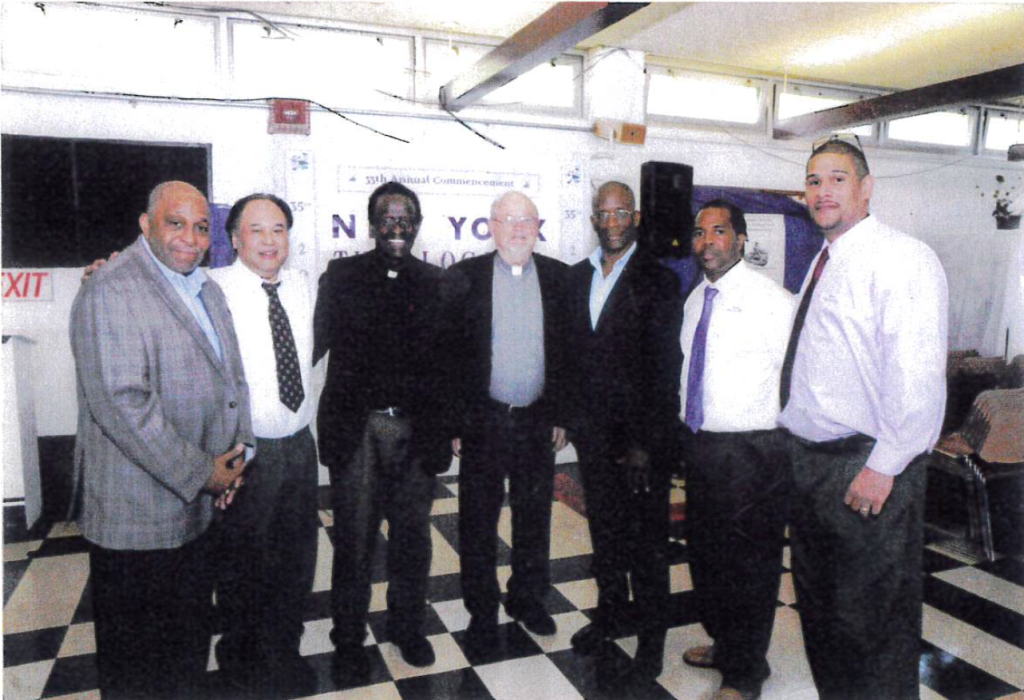The Exodus program originated in 1968 at Green Haven State prison in Stormville, New York. It was a concept which was born out of the belief that a new approach to group work was needed in the prison arena. At the time, almost all group work was non-directive and psychologically oriented. Most concepts were based on the promise that something had to be done to the incarcerated rather than seeing him/her as a primary colleague in the process of individual and social change. Most therapeutic group concepts had their roots in the mental health field, and few leaders had any basic training in social change.
In the Spring of 1968, a group of 10 incarcerated men began meeting as an Exodus cadre under the leadership of Rev. Edwin Muller, who was the Protestant Chaplain at Green Haven. Muller had been exposed to the community reformulation work in Fifth City Chicago in the early 60’s and believed that such a secular-religious approach would be highly effective in the prison setting. For two years, the group studied together and also began to analyze the problems people imprisoned face. A grid of 1200 problems was developed. It was reduced to a group of about sixty which represented continued areas of concern. Out of this, primary areas of need were identified and models were developed to address those needs.
At that point, affiliation with The South Forty Corporation was established, and the models were put into operation in the context of an expanded program. The basic principle established was that avenues had to be created through which an incarcerated person could deal with all of his/her problems. The Exodus program has never ceased to operate since its inception. Over the years it has operated in several prisons in New York State, including Shawangunk, Eastern, and Fishkill.
There have been numerous men and women who have benefited from the program. Many claim that their lives have been significantly changed as a result of their involvement. Many former members have, after release, become social workers, clergy members, teachers, lawyers, paralegal workers, counselors, independent businesspeople, and college instructors. Thus, they have been able to become a lifegiving presence in society.

